Comem-se castanjas; prova-se o vinho!
We’ll eat chestnuts; we’ll taste the wine!
One of the things I am definitely coming to appreciate in Portugal are the sheer number of occasions that mark the annual calendar to celebrate, when people are just given an excuse to connect, to wish each other a bom dia de - whatever saint or occasion the day is dedicated to, which today is in honour of São Martinho, and to feel connected in a way which typically involves food and drink of some variety.
According to legend, St Martin was a Roman soldier who met a beggar in a storm who was suffering from the rain and the cold in the road and, as an offer of shelter and warmth, he tore his cloak in half and offered half to the beggar. As he did so, the storm ended, the sun came out, and to this day the brief spell of warmth and sunshine - a verão de São Martinho (St Martin’s Summer) - associated with these early days of November in this part of the world and which we are currently enjoying, has been attributed to this act of selflessness. The Roman soldier then abandoned military life and became a monk, and ultimately the Bishop of Tours.
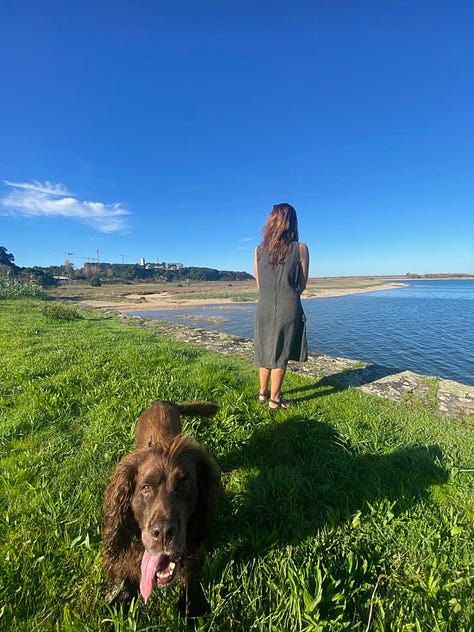
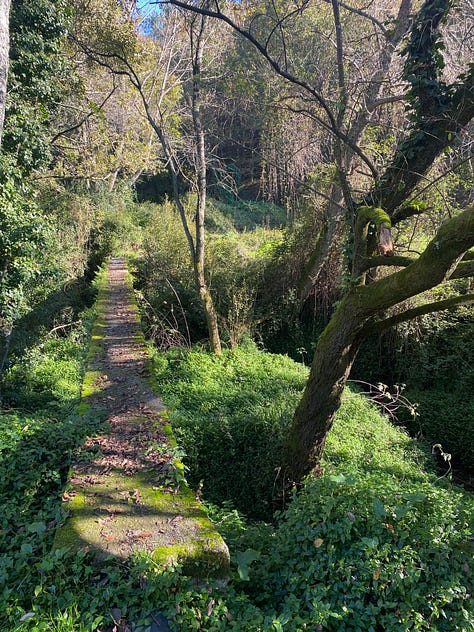
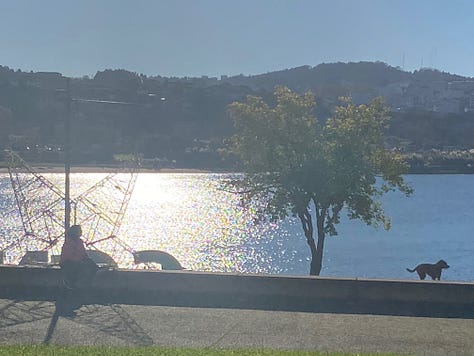
But, as is often the case with religious festivals, the celebrations are rooted in seasonal and local traditions, and o Dia de São Martinho is no exception. The day is linked to the magusto, a traditional feast of chestnuts that welcomes the first day the new wine from the summer harvest is ready to be tasted. So for us it’s a walk down the fruit and veg aisles in our local supermarkets which present us with cascades of glossy chestnuts in the midst of which are plonked bottles of água-pé (a mild wine derived from the ‘pomace’ grape) and jeropiga (a sweet blend of grape must and aguardente). Stroll around the city or along the sea-front here and you won’t be able to pass the guy (because it is usually a guy) roasting chestnuts at a stall without handing over your two or three euros for a bag of a produce that, in truth, seems like the least friendly thing you could pop into your mouth, but the smell gets you every time!
Acclimatising
It’s yet another aspect of the process of acclimatisation and acculturation that you find yourself going through when you up sticks from one country to another. All the seasonal rhythms you carry in your hyperdermis shift, even when the seasons themselves are not radically different. At first, that’s your anchor. The leaves start to change colour in August just as they do in England. The oaks, the chestnut trees - you bring their familiarity with you, into this new landscape, and the heart thrills at the recognition. I know this. And on a cooler, mistier day, with a grey sky, something inside says ‘Ah, this is the November I know’, and there’s a pleasure there.
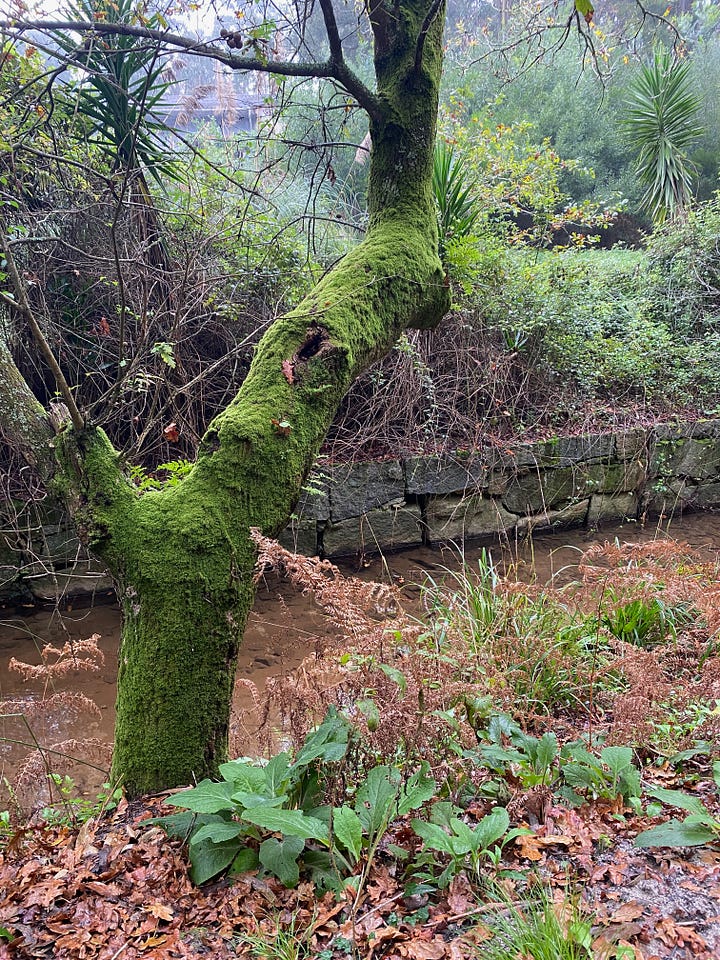
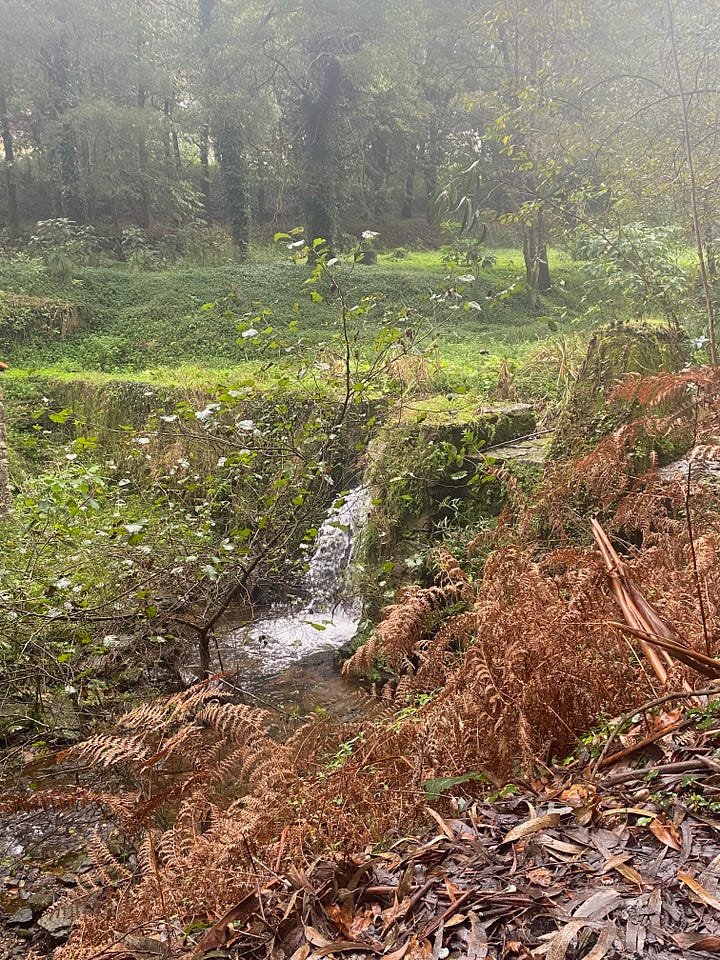
But you also note now that in amongst these trees you recognise from your homeland, colouring your mental and imaginative landscapes, are the exotic and the strange - a fig tree or a palm tree holding court on a river bank which is otherwise carpeted with the prickly cases of sweet chestnuts. And there’s a dislocation. A kind of re-setting. And this also brings a pleasure. A realisation that this is the new landscape we inhabit. It presents us simultaneously with both the familiar and the strange, and that, I think, helps to keep us vital and alert, curious and receptive.
‘Standing out from the crowd and following your own path’
As we conducted what has now become our ‘boring’ walk by a river away from the sea yesterday at a place close to us called Miramar - ‘boring’ because a functional place to walk Monty - we spotted a basket of dahlias hanging from a tree. Out of place, it doesn’t belong, what on earth is it doing there? But then it seems it fits. Someone has chosen to place it there, and it lends a dimension that wasn’t there before. The colours and textures clash with their surroundings but they bring something else: the white dahlias in their white basket look like a wedding or a christening gift, roughly attached to the mossy branches of an aging tree.
Of course, they triggered my curiosity. What do they mean? Are they associated with o dia de São Martinho, somehow? If they are, I’ve been unable to find a connection from my brief googling, but I did learn something that seems apt for the times. It turns out that dahlias symbolise ‘standing out from the crowd’ and ‘following your own path’, but they also mean ‘staying graceful and kind’ even in the most challenging or stressful situations.
I am putting dahlias on my shopping list, next to chestnuts and a local first wine.
Thank you for reading my ‘foreigner’s’ take on one of Portugal’s many saints’ days, and meandering along with me.
If you have enjoyed reading this or anything else in ‘Borboleta’s Letters’ I have set up a ‘Buy Me a Coffee’ account. Until the end of the year, all donations will be given to UNPFA who are currently requesting donations to support pregnant women, new mothers and their babies in Gaza and the West Bank.
Support UNFPA via Buy me a coffee




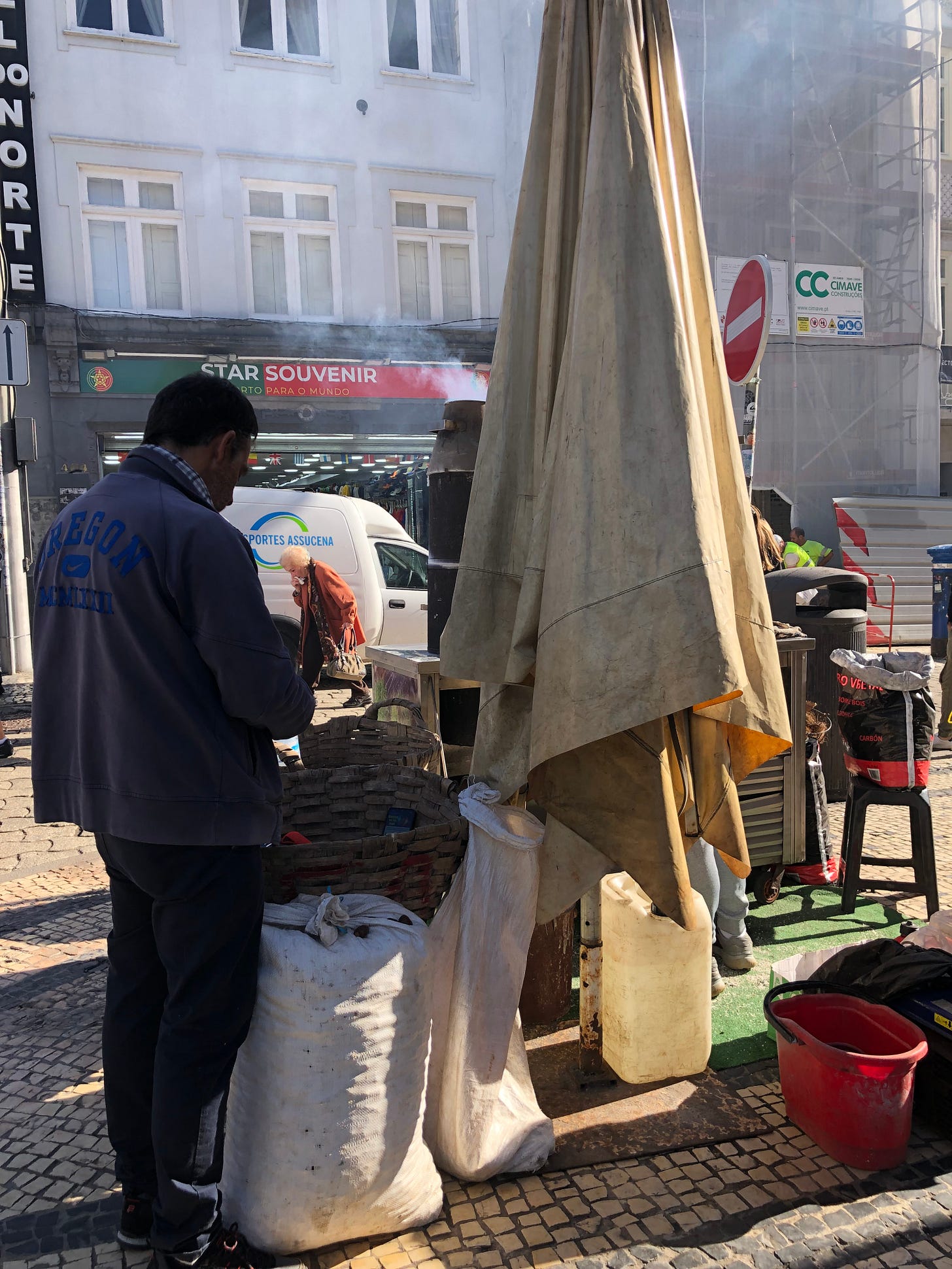
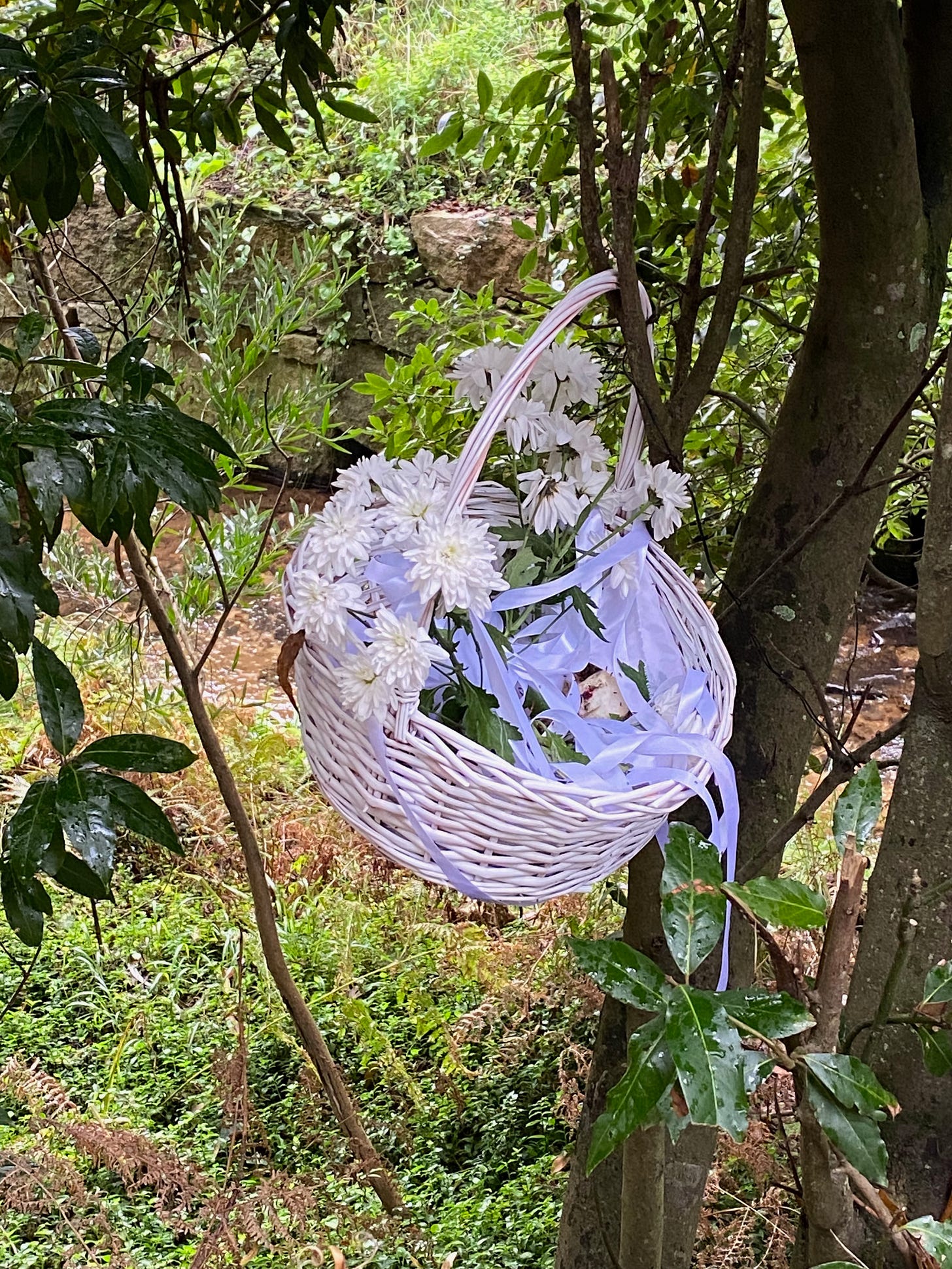

Loved this piece. Probably because I love chestnuts and is wonderful to read something written by someone who is learning to enjoy our traditions.
Grace & Kindness
Perfect image in troubled times -
A wonderful read 😊